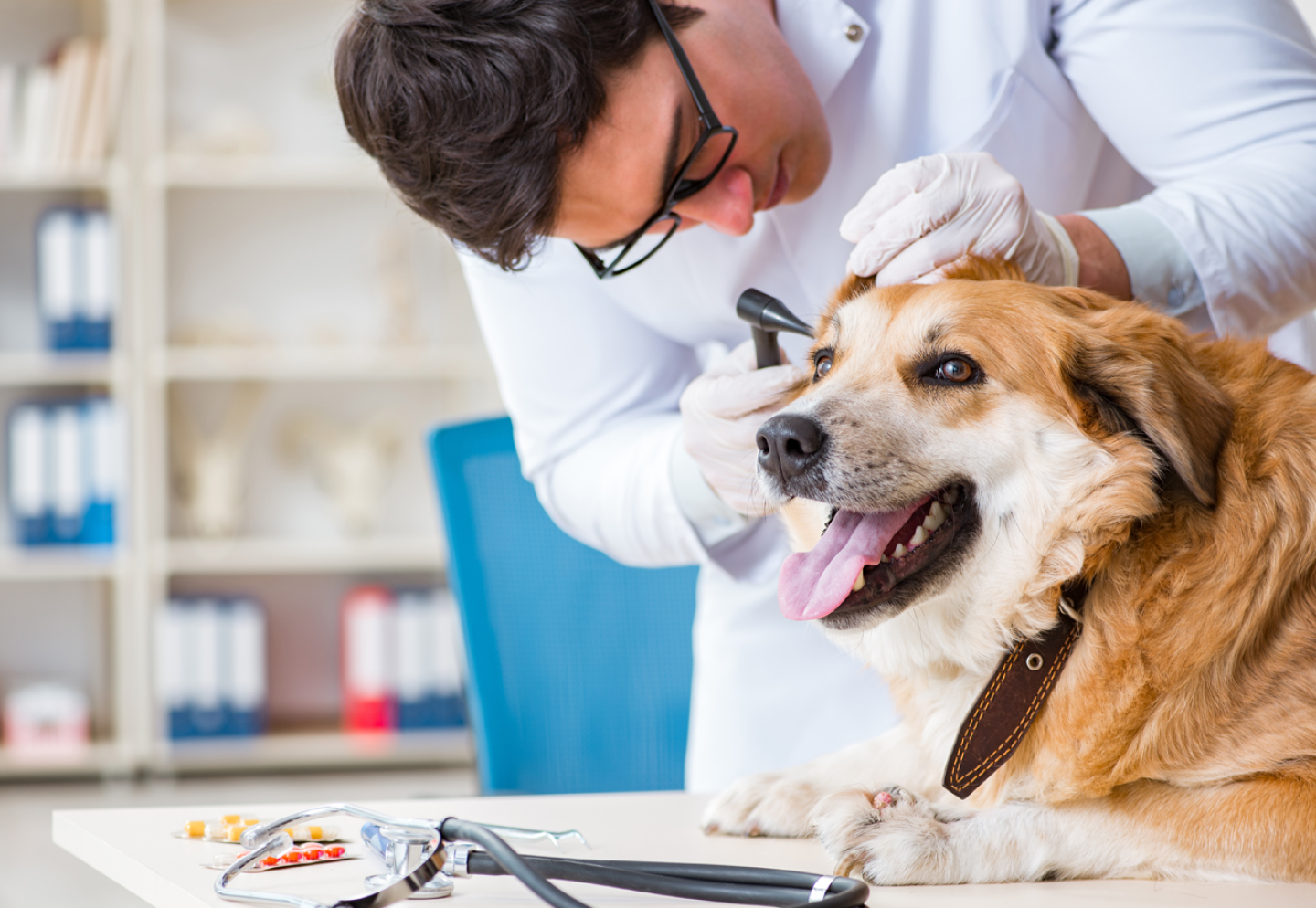Buxton has worked with the full spectrum of pet care organizations in the veterinary industry, ranging from general practice, specialty, emergency and urgent. Through these partnerships, Buxton has identified the key solutions and best practices that benefit vet organizations and help them achieve the following objectives: reduce risk, create delivery networks, and accelerate development outreach.
Reduce Risk of Hospital Under Performance
Knowing whether or not you’re making the right decision to acquire a practice or open a new vet hospital is critical, because making the wrong decision can have a negative impact on your organization. Buxton’s technology is designed to mitigate this risk and provide you with the answers you need to ensure the decision you are making is the right one.
Through SCOUT, Buxton’s mapping application, you can visualize your locations, actual customers, and drive time trade areas. These insights alone can have widespread implications in your organization. For instance, knowing how far your locations are from any given vet hospital can help you avoid unintentional cannibalization.
While SCOUT alone can provide valuable insights, the key driver in reducing risk is the site score model and whitespace analysis. A model will tell you whether you have enough of the right types of households living in close proximity to a hospital, and when a model is applied to tens of thousands of retail activity points across the country, you can quickly gauge your total potential footprint, as well as prioritize resources by understanding which markets offer the greatest potential.
Establish Robust Delivery Networks
Establishing an integrated delivery network (IDN) within the vet care world involves coordinating different providers, such as vet hospitals, specialty vet clinics, and other vet/pet entities, to streamline operations and enhance the customer experience. Similarly, the hub and spoke model optimizes the delivery of specialized services to outlying areas.
In the vet industry, the hub and spoke model can be used in conjunction with IDNs. An IDN may have a central hub location that serves as the main point of care for customers, while smaller clinics and facilities in surrounding areas serve as the "spokes" in the network. The hub and spoke model helps to improve customer access to specialized care and services, while also optimizing the allocation of resources.
By leveraging Buxton’s analytics, you can gain valuable insights that can help you establish an effective hub and spoke and IDN strategy. Buxton’s POI data, available within the Buxton Platform, can pinpoint where all existing vet hospitals are in a market, and a whitespace analysis can identify where your best opportunities exist. By identifying all existing vet practices in a market and areas with concentrations of your best customers, clients can easily visualize the best de novo opportunities in addition to ideal affiliations with practices that exist in your potential trade areas.
Prequalifying M&A Development Outreach
One of the ongoing challenges in the vet industry is having high quality conversations with the right types of providers as part of the affiliation and acquisition process. By gaining insights into customer needs, preferences, and trends, companies can make informed decisions about which vet clinics and hospitals to acquire and how to integrate them into their business. As part of Buxton’s market planning solution, we analyze your customer data in conjunction with our household data in order to create your customer profile, which will provide a greater understanding of their your best customers’ characteristics, affinities and lifestyles, marketing and media consumption preferences and more.
This profile fuels Buxton’s site score models, which drive the results of the whitespace analysis. As previously stated, Buxton’s whitespace analysis can help you identify where all existing vet practices are in a market and areas for potential growth. With these insights, you can avoid wasting time calling affiliated practices and instead focus on identifying and speaking with more attractive candidates whose practices are situated in areas with the most potential customers.
Bottom Line
In conclusion, consumer analytics is a powerful tool that can help vet organizations reduce risk, create efficient delivery networks, and accelerate development outreach. By leveraging Buxton’s analytics services and software, vet organizations can make informed decisions about how to optimize their business operations and improve the quality of care for pets. Whether it's establishing an integrated delivery network with a hub and spoke model or improving M&A strategy, consumer analytics can provide valuable insights that enable vet organizations to better serve their customers and grow their business. By embracing consumer analytics as a core component of their strategy, vet organizations can stay ahead of the curve in a constantly evolving industry and continue to provide top-notch care to pets and their owners.
Want to learn more? Watch our webinar and listen to Peter Healey, VP of Strategic Accounts at Buxton, dive deeper into the predictive analytics that can help you grow your vet organization.


